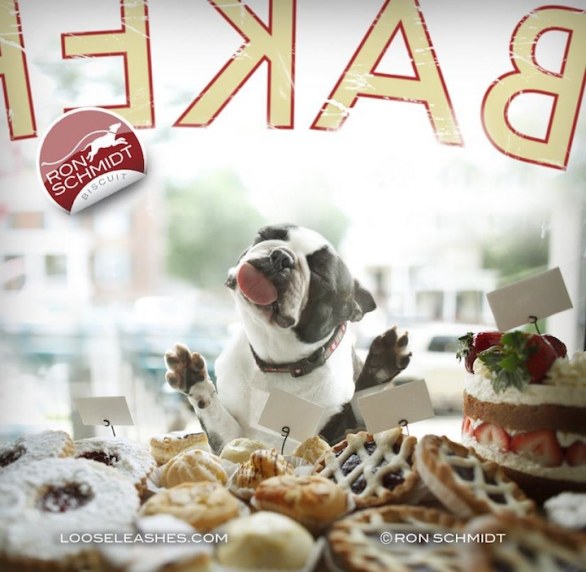FOCUS ON FESTIVALS: SPIRITUAL BACKGROUND OF HALLOWEEN
In the late 18th century Halloween was not celebrated in its current form. As with many other old holidays, the original spiritual context has been largely abandoned today in favor of modern consumerism. The Christian Church listed All Hallows’ Eve among its holy days as early as the 6th century C.E. Though Allhallowtide was celebrated in Colonial times, it was not until the mass immigration of Irish settlers in the mid 19th century that Halloween began to take its current form. Halloween is a day that the veil between the physical realm and the realm of the deceased is thinner than normal. People from around the world have taken note of the mystical phenomenon, and various customs have developed to help protect people from the influences of spirits or to aid souls in their journey from this life to the next realm.Many of the modern Halloween customs can trace their origins back to pre-Christian traditions of Europe. The pre-Christian Gaelic people celebrated a festival called Samhain which marked the end of the harvest Season and the beginning of winter on November 1st. People believed that the souls of the deceased would visit their homes seeking hospitality. People left offerings outside the home for departed souls. Like modern trick-or-treaters, the Gaelic people dressed in costumes and went door to door reciting verses in exchange for food. Some believed that the costumes would fool ghosts and spirits into thinking that the costume wearer was also a ghost and leave the living souls alone in their journey.
From this tradition, the Catholic Church created its own tradition of All Hallows Tide, adopting and adapting many of the practices of the pre-Christian Europeans to suit the purposes of the Church. All Hallow Tide was a three day festival celebrated by people in Colonial times when the Church occupied a central position in the people’s social lives. The festival is still observed by the orthodox today. All Hallows’ Eve (or All Saints’ Eve) was celebrated on October 31st. All Hallows’ Day was on November 1st and All Saints’ Day November 2nd. On all three days, masses were held in honor of deceased saints and prayer was offered for the souls of the recently departed. It was believed that prayers would help souls ascend from this world to the Heavenly realm.
Souling was a Christian tradition akin to the modern trick-or-treating. Special cakes, called soul cakes, were baked to honor the dead. Beggars, called Soulers, would travel door-to-door, singing songs and offering prayers in turn for baked treats called soul cakes. People viewed Soulers as the proxy of the ancestors and beloved recently deceased people. It was believed that when soulers received the offering that the souls of the departed were benefited. The soulers in turn offered prayers for the souls of the giver, their families, and their dead loved ones. Some readers may be familiar with that 1891 souler’s song made famous in 1963 when it was recorded by the folk trio, Peter, Paul, and Mary as “A’ Soulin.”
(from Quietude Blog)

